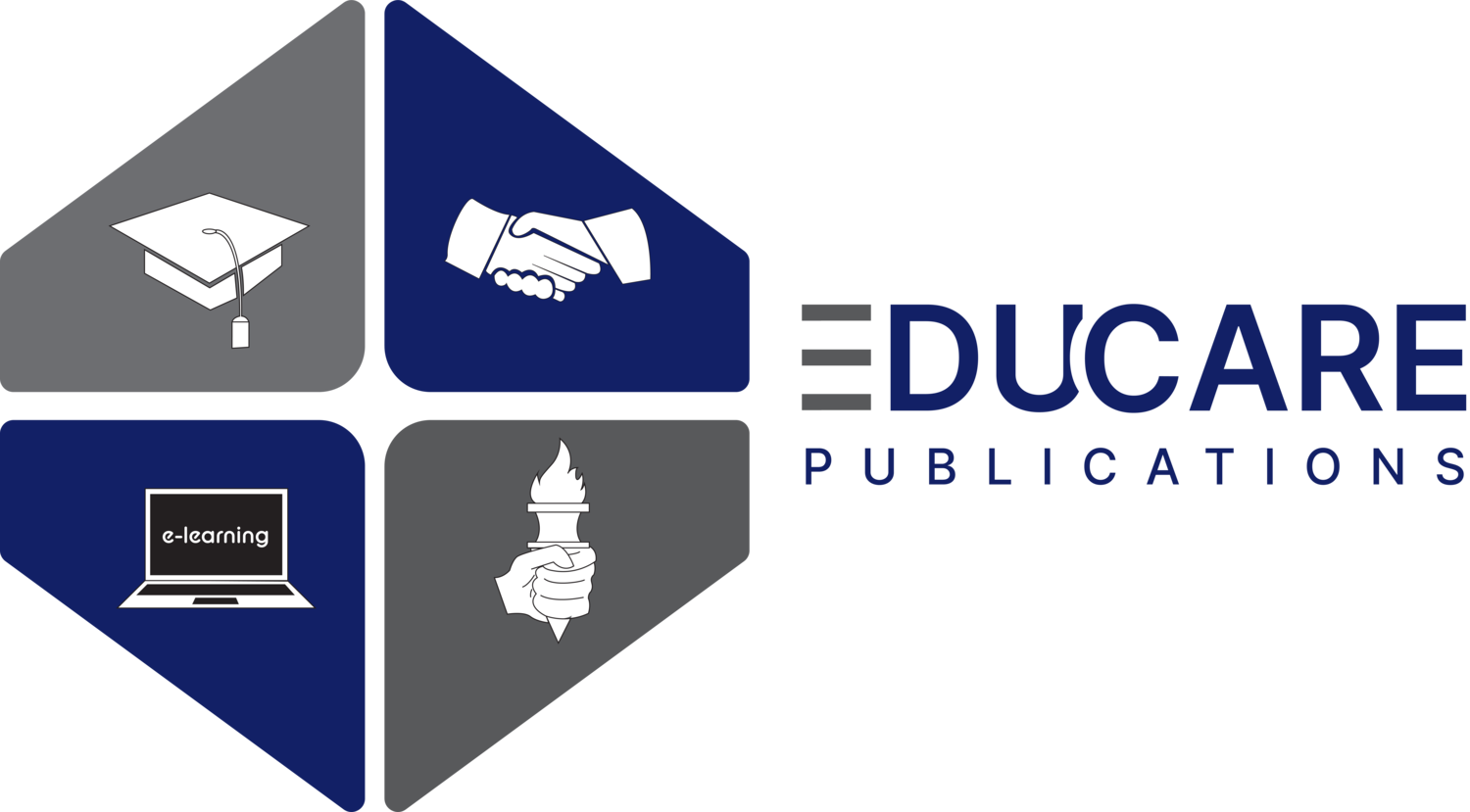What is Self-Publishing?
Self-publishing involves an author independently undertaking the complete publishing process or using their own resources. This includes tasks such as printing, editing, proofreading, formatting, designing the cover, and marketing the book. The process is carried out without the assistance of a traditional publishing house or publisher.
Who is an Independent 'Indie' Author?
An indie author is someone who self-publishes their manuscript, bypassing traditional publishers. These authors independently manage all aspects of publication, without relying on an agent, to maintain control over their publishing rights. They approach book publishing as a business, not just a hobby, positioning themselves as the creative directors of both their books and their publishing ventures.
Many indie authors evolve their endeavors into full-fledged publishing companies. Those who do are known as independent publishers or houses. Often, they establish a Limited Liability Company (LLC) for their publishing business. This structure can offer tax benefits and shields personal liability, protecting personal assets from any liabilities arising from book sales and company operations.
Top Reasons to Self-Publish
Complete Creative Control
Higher Royalties
Faster Publication
Mastery Over Publication Timeline
Agility in Making Revisions
Determine Your Own Price Points
Avoidance of Gatekeeping
Full Rights and Copyright Control
Customized Marketing Strategies
Diversify Income Sources
The Key Elements of Self-Publishing
Book Production: This involves writing, editing, designing, and producing the book.
Book Distribution: Encompasses the systems for distributing the book.
Book Selling & Protection: Includes activities related to advertising, promotion, and managing copyrights.
Self-Publishing Element One: Book Production
Process 1: Writing
At this foundational stage, the author develops the book's content, including concept creation, plotting, character development or research, and manuscript writing.
Process 2: Editorial
The editorial process involves rewriting, revising, and reorganizing the manuscript to ensure clarity, brevity, and impactful language, achieving artistic simplicity and effectiveness.
Process 3: Design
Book design involves creating a harmonious cover and layout, selecting fitting fonts and margins, and incorporating fine-tuned graphics to embody the author's vision effectively.
Process 4: Production
Book production entails assembling the work in audio, electronic, or print formats, encompassing the entire process from manuscript to finished product.
Self-Publishing Element Two: Book Distribution
Process 5: Distribution
Book distribution and sales involve making the book available for purchase through various networks, reaching readers effectively. Authors must decide how to distribute their book—through online platforms like Amazon, Barnes & Noble, or personal websites.
Self-Publishing Element Three: Book Selling & Protection
Process 6: Marketing and Promotion
Authors take charge of their book promotion by leveraging various marketing strategies. This includes actively engaging on social media, soliciting and sharing book reviews, maintaining an informative author website, and organizing book tours.
Process 7: Copyright
Book copyright involves authors securing copyright for their manuscript, controlling its replication and distribution, and preventing unauthorized reproduction without written permission.








